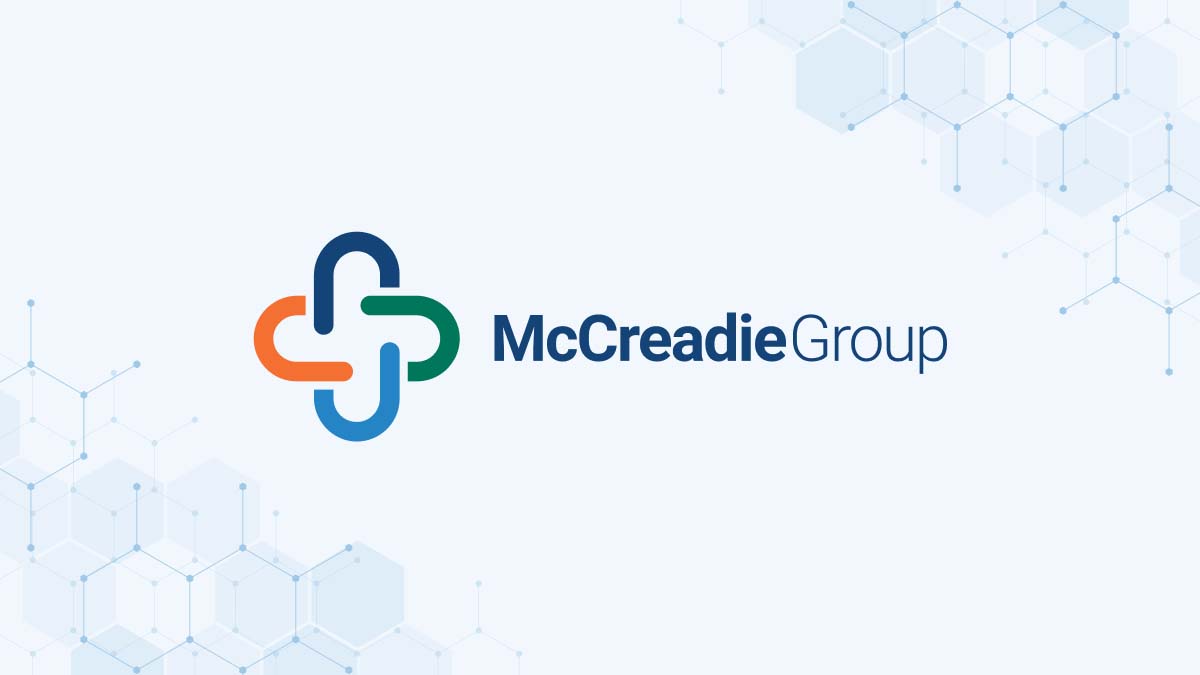Follow-up Q&A on the Practical Implications of Ultra Low Temp (ULT) Freezers and Liquid Nitrogen Storage for Pharmacies
March 2023 | Jill Blind, PharmD, CCRP
At the 2022 Research Pharmacy Summit, Jill Blind, PharmD, CCRP, from Nationwide Children’s Hospital along with her colleague Ada Kong, PharmD, from Seattle Children’s Hospital presented, “Ice, Ice Baby: Ultra Low Temp (ULT) Freezers and Liquid Nitrogen Storage – Practical Implications for Pharmacies.”
This insightful presentation encouraged a lot of discussion and great questions from attendees. In today’s blog, Dr. Blind responds to some of those questions by sharing the knowledge and experience she gained while coordinating the efforts to operationalize the handling and liquid nitrogen storage of cellular therapies at Nationwide Children’s Hospital IDS.
Q: How was the decision made to store and dispense cellular-based therapies from the pharmacy versus the laboratory?
A: The management and oversight of cellular-based therapies can vary by institution. Our pharmacy team was just one member of a multidisciplinary collaboration that came together to discuss operational logistics after the commercialization of a pediatric cell-based therapy. The team worked together to develop a safe and efficient pathway for these products that would work for our health-system. The final plan ultimately incorporated the pharmacy department into the receipt, storage, EMR verification, and dispensing of the product. In order to support this process, our pharmacy department invested in resources and equipment, such as a liquid nitrogen freezer, oxygen deficiency monitor, and warming baths for the cellular-based products. With the necessary support and training, pharmacists are experts in the medication use process and can be well-suited to fulfill this dispensing role within the health-system.
Q: Do you thaw and manipulate the products as well?
A: Yes, we do have experience in the thawing and sterile compounding of cellular-based therapies within clinical trials or for compassionate use therapy. Our pharmacy department has procured both a block heater and dry bath for thawing these cryopreserved products. When pharmacy services are required for manipulation, products are aseptically compounded in a Class II, Type B2 biosafety cabinet utilizing biosafety precautions that correspond to the product being prepared. Other products that do not require manipulation can be thawed at the bedside immediately prior to dosing by the unit staff.
Q: Are there any special power concerns for a liquid nitrogen freezer? Along with the maintenance, are there calibration or qualification needs, similar to non-cryogenic freezers?
A: The electrical requirement will be specific to the cryogenic freezer purchased, but in our experience, electrical power and annual maintenance has aligned with that of our ultralow freezers. Many vendors can provide initial calibration or qualification services if necessary. Two primary differences between liquid nitrogen and ultralow freezers are the need for an oxygen deficiency monitor and a source for the liquid nitrogen. Vaporized nitrogen can displace oxygen within a storage room and therefore an oxygen deficiency monitor must be utilized to support the safety of staff working in the area of the freezer. In addition, sourcing the liquid nitrogen must be considered. At our institution, trained pharmacy staff fill the liquid nitrogen drawer at routine intervals to maintain freezer operations.
Q: What temperature ranges do you use for liquid nitrogen storage?
A: United States Pharmacopeia Chapter 1046 (Cellular and Tissue-Based Products) provides guidance on the storage of cellular-based therapies. In our experience, many clinical trial products require a vapor phase temperature of -150°C or colder, while commercialized products can be stored at a vapor phase temperature of -120°C or colder. Maintaining a consistent vapor phase temperature can be crucial to the viability of these products, so it’s important to perform routine temperature mapping of the freezer unit. It should also be noted that some products require storage in the liquid phase and it may not be possible to simultaneously store both liquid and vapor phase products within the same freezer.
We would like to thank Dr. Blind for sharing her knowledge as a speaker and a guest blogger. Let’s keep these conversations going at the 2023 Research Pharmacy Summit!
